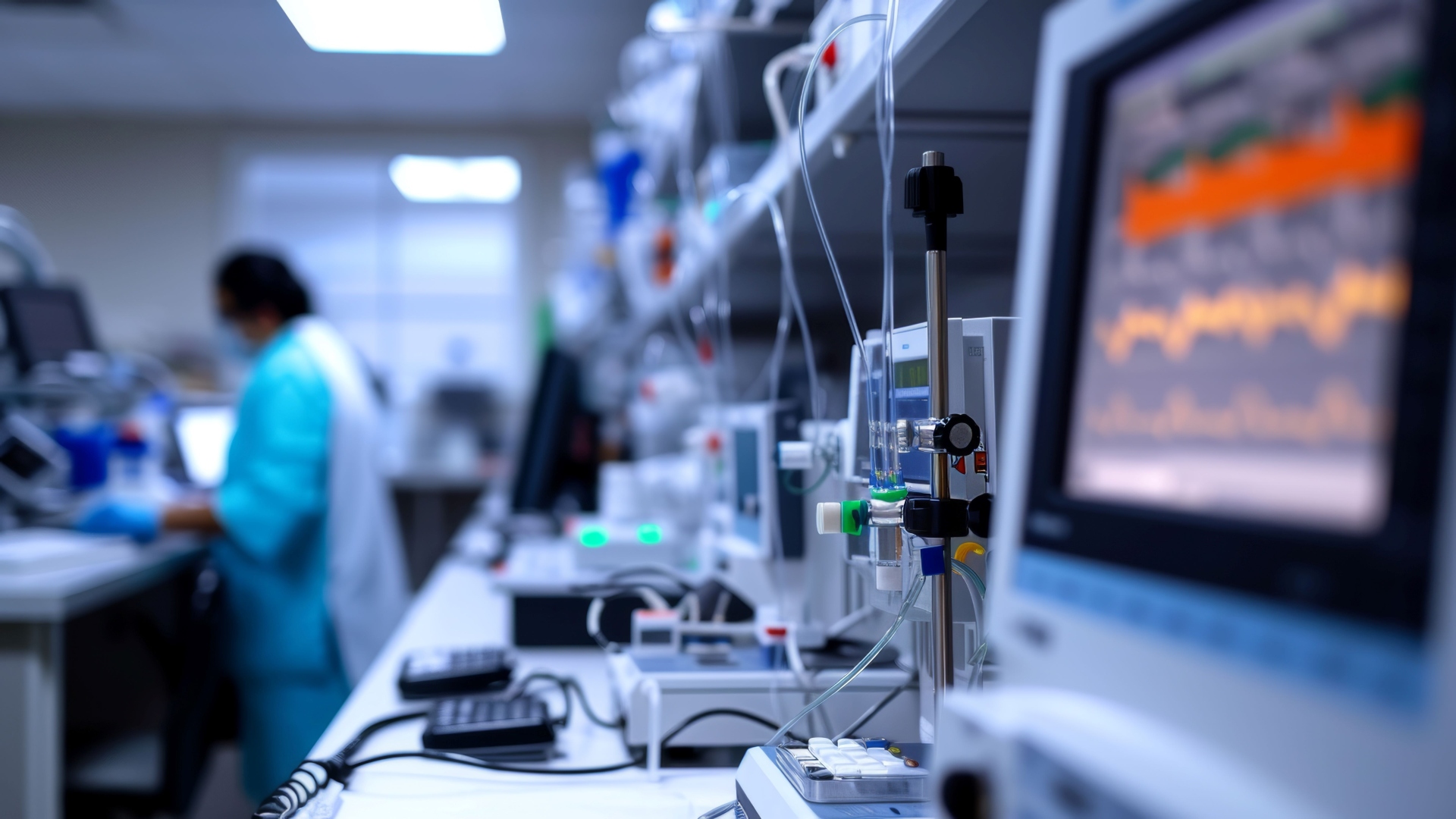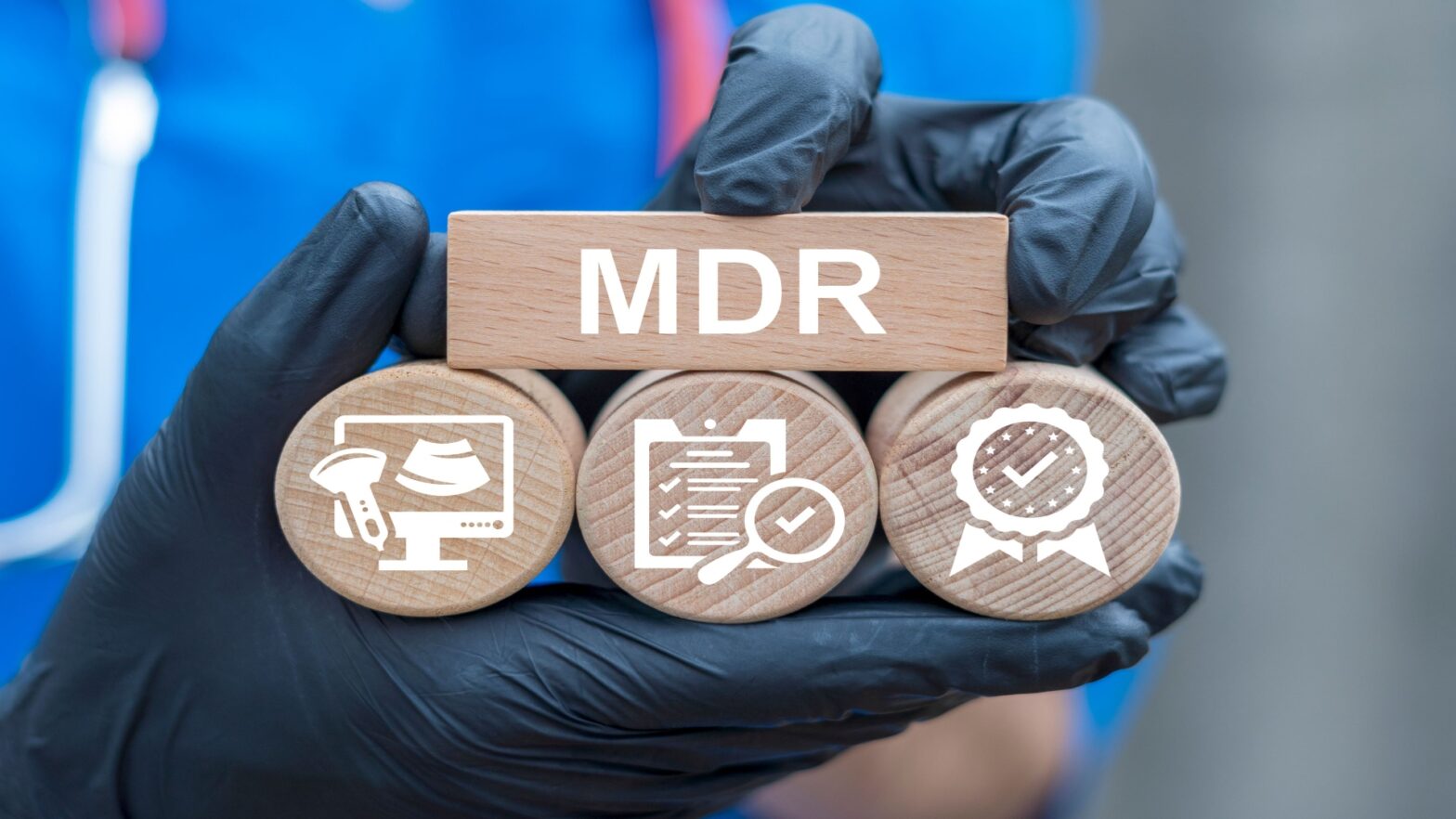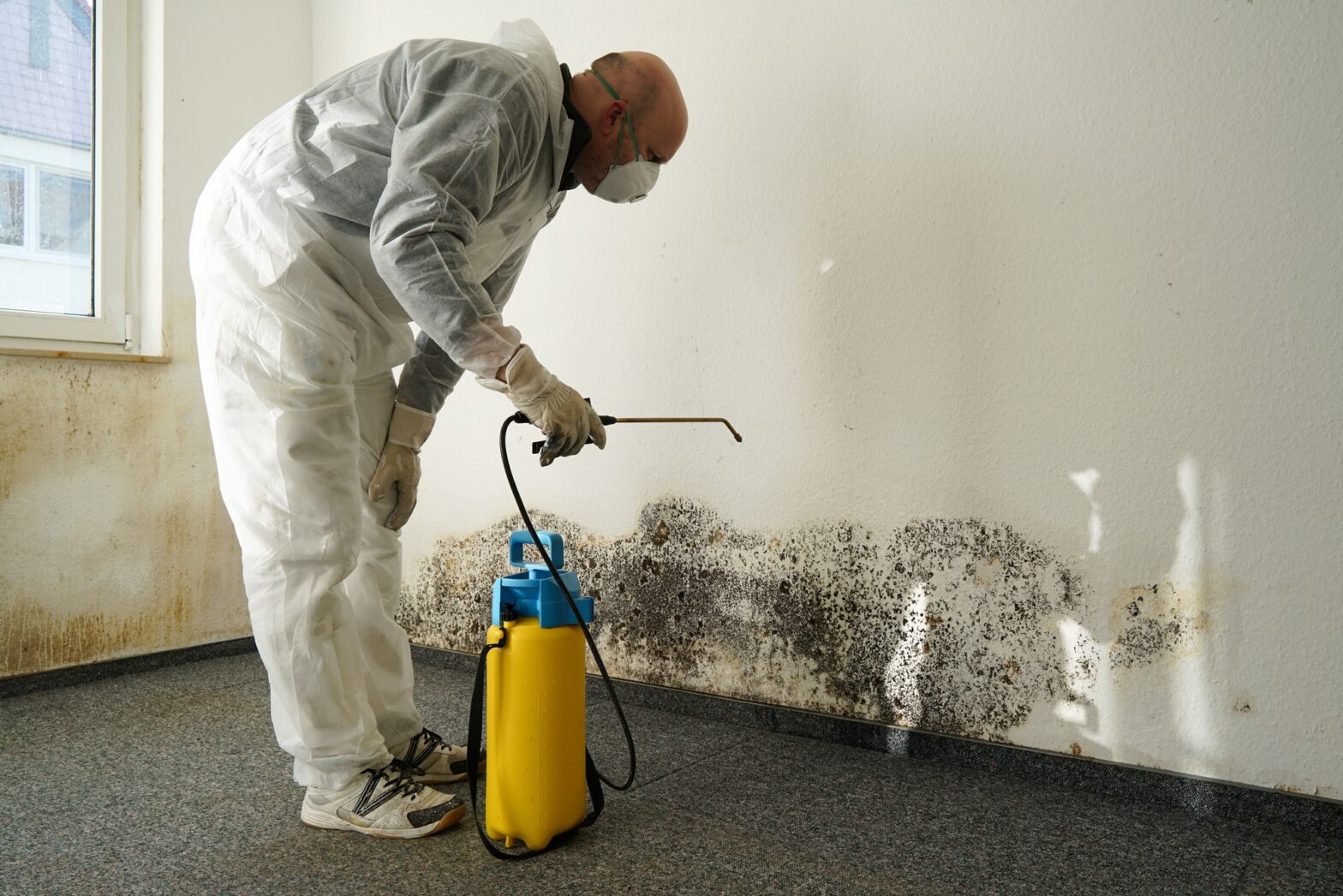Every groundbreaking medical device begins its journey to patients through the same critical gateway: clinical trials. These meticulously designed studies represent far more than regulatory checkpoints—they’re the gold standard that transforms promising innovations into trusted medical solutions.
Whether you’re a seasoned researcher or new to the medical device sector, mastering the intricate dance of clinical studies demands both scientific rigor and strategic insight. From initial protocol design to final data analysis, each step shapes not just regulatory compliance but the future of patient care.
Let’s explore the essential elements that can make or break your device’s path to market success.
Legal and Regulatory Compliance
Countries in the Asia Pacific (APAC) region have yet to develop a cohesive regulatory framework similar to the European Union’s Medical Device Regulation (EU MDR). What exists are country-specific policies that manufacturers must follow if they want to enter the market. Efforts are underway, though, to harmonize these fragmented policies with the Association of Southeast Asian Nations (ASEAN) leading the initiative.
While APAC medical manufacturers and clinical teams aren’t directly affected by the EU MDR, they’re required to follow these policies if they’re eyeing to export their products into the region. For Class III devices—those with the highest level of risk—clinical trials are an essential component towards CE marking. Similarly, the Annex XVI of the EU MDR covers products without intended medical purposes. This regulation might affect your trial design if your device falls into this category.
Your legal representative likewise plays a crucial role in ensuring compliance with regulations. They serve as your point of contact with authorities and help navigate the complexities of conducting trials across different jurisdictions.
Data Management and Integration
Regulations exist to ensure that medical devices are clinically evaluated to be safe and effective. The process involves rigorous assessments conducted by clinical teams, ethics committees, and regulatory bodies.
Optimizing clinical trials with MDR software can streamline the procedures associated with clinical investigations. Specialized software solutions are now available to manage clinical trial data, ensure compliance, and improve the efficiency of clinical studies.
These tools help track participant data, ensure proper documentation, and reduce human error, speeding up the regulatory process. As a result, manufacturers can improve the efficiency of their trials while maintaining the high standards required by regulatory agencies.
Good Clinical Practice
Your systematic investigation must begin with a solid foundation in good clinical practice. Before involving any participants, perform a thorough clinical evaluation of your investigational device. This protects human subjects while gathering reliable clinical data.
To avoid common pitfalls, ensure your trial design accounts for the following:
- Clear documentation of normal conditions of use
- Robust data collection methods
- Comprehensive safety monitoring protocols
- Efficient adverse event reporting systems
- Regular communication with your competent ethics committee
Good clinical practice applies to all stages of the trial, from recruiting and getting human subjects’ consent to monitoring and reporting clinical trial data. Consider it your roadmap to demonstrating clinical benefits and safety, whether you’re conducting domestic or intercountry collaborations.
Post-Market Surveillance and the Ethics Committee
When conducting medical device clinical trials, you must pay special attention to your PMCF plan (Post-Market Clinical Follow-up). This crucial component helps you monitor long-term performance and safety under normal conditions of use. It’s your device’s ongoing report card in the real world.
One aspect that often catches researchers off guard is the role of the competent ethics committee. These committees are essential partners in ensuring your clinical investigation maintains high ethical standards while meeting regulatory requirements. Their input can be invaluable in avoiding burdensome procedures while still maintaining scientific rigor.
Maintaining Market Presence
Another often overlooked aspect is the market clinical follow-up strategy. Your clinical data remains relevant after gaining CE marking and appropriate certifications. Continue gathering evidence of your device’s performance and safety in real-world settings.
This is particularly crucial in the APAC region’s medical device industry, valued at USD $160 billion in 2022. Sales are likely to increase annually after that, reaching USD $225 billion by 2030. If you’re hoping to capture or keep a portion of the market, you must conduct ongoing clinical research to gather insights for future improvements.
Final Words
Successful trials are more concerned about generating meaningful clinical benefits for patients than meeting regulations. Your systematic investigation should always keep this goal in mind, balancing compliance with practical utility.
Implementing these best practices consistently throughout your clinical investigations creates a robust foundation that supports both. Each component plays a vital role in the larger ecosystem of medical device clinical trials, where attention to detail and adherence to established protocols translate into safer, more effective medical devices for patient care.





























